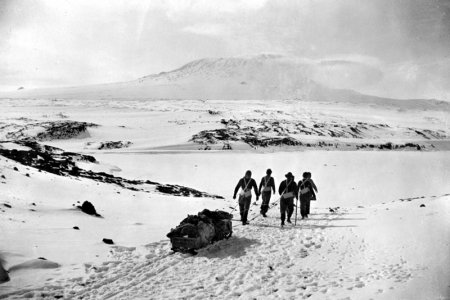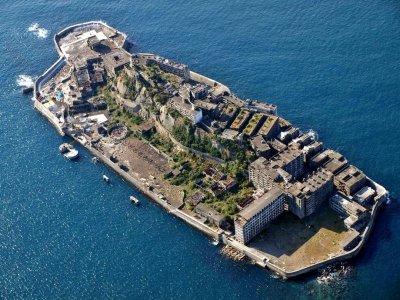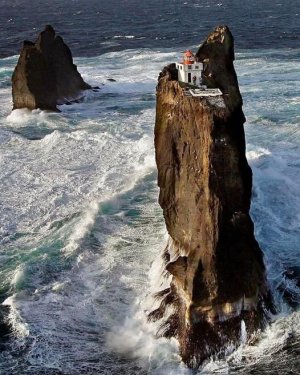View attachment 213065
44 BC – Julius Caesar, Dictator of the Roman Republic, is stabbed to death by Marcus Junius Brutus, Gaius Cassius Longinus, Decimus Junius Brutus, and several other Roman senators on the Ides of March.
Gaius Julius Caesar (13 July 100 BC – 15 March 44 BC) usually called Julius Caesar, was a Roman politician and general who played a critical role in the events that led to the demise of the Roman Republic and the rise of the Roman Empire.
The Ides of March is the 74th day in the Roman calendar, corresponding to 15 March. It was marked by several religious observances and was notable for the Romans as a deadline for settling debts. In 44 BC, it became notorious as the date of the assassination of Julius Caesar which made the Ides of March a turning point in Roman history.
View attachment 213067
After assuming control of government, Caesar began a programme of social and governmental reforms, including the creation of the Julian calendar. He gave citizenship to many residents of far regions of the Roman Empire. He initiated land reform and support for veterans.
Caesar centralised the bureaucracy of the Republic and was eventually proclaimed "dictator in perpetuity", giving him additional authority. This declaration made several senators fear that Caesar wanted to overthrow the Senate in favour of tyranny. His populist and authoritarian reforms also angered the elites, who began to conspire against him.
Death of Caesar by Vincenzo Camuccini. Galleria Nazionale d'Arte Moderna, Rome.
On the Ides of March, 15 March 44 BC, Caesar was assassinated by a group of rebellious senators led by Gaius Cassius Longinus, Marcus Junius Brutus and Decimus Junius Brutus.
As a result, a new series of civil wars broke out and the constitutional government of the Republic was never fully restored. Caesar's adopted heir Octavian, later known as Augustus, rose to sole power after defeating his opponents in the civil war.
Octavian set about solidifying his power and the era of the Roman Empire began.
















